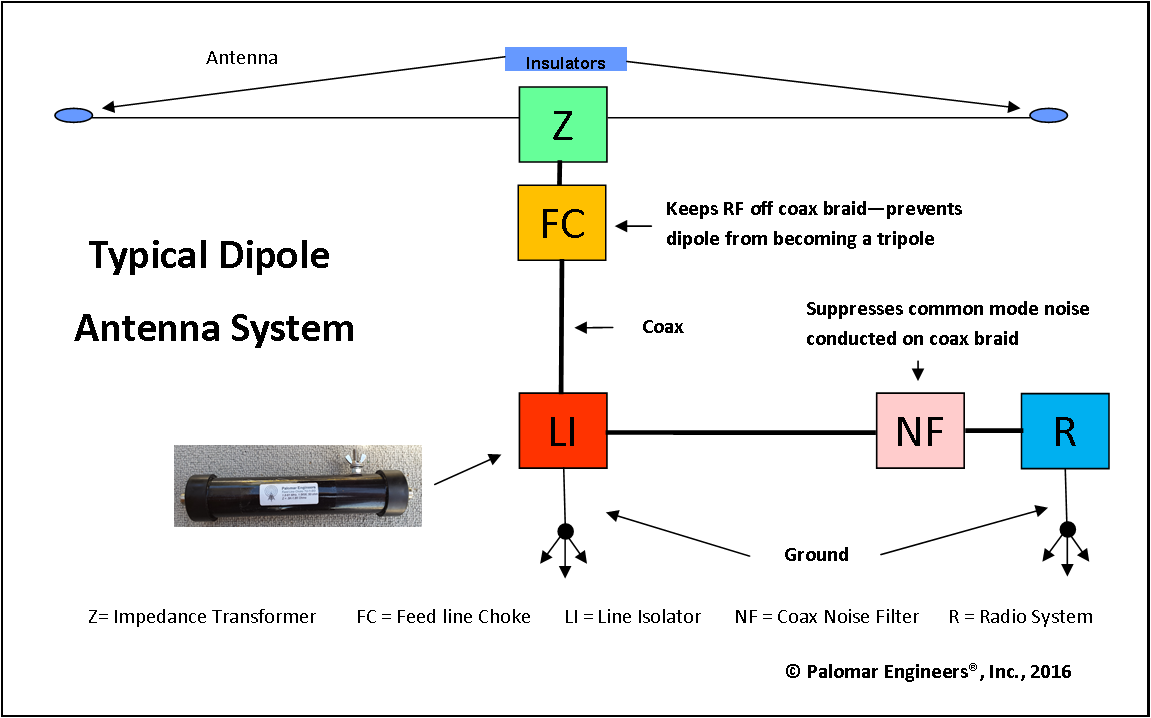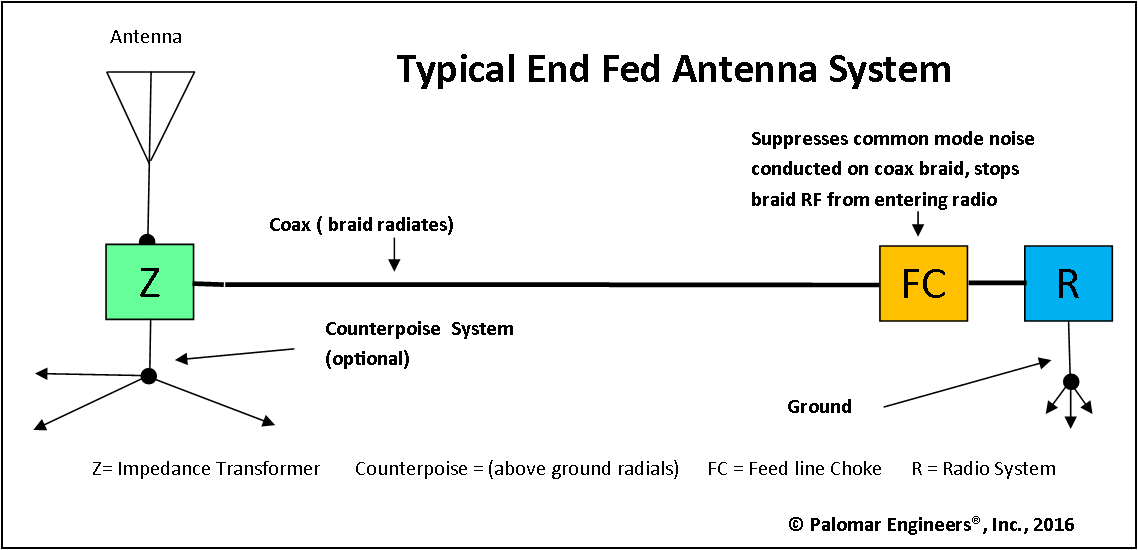As you may know, things in your home produce "noise". Positioning the antenna further from the interference is obviously helpful. Keeping your antenna in the attic keeps it close to the noise. If it must be in the attic, then so be it.
Years ago I had a setup similar to yours, or what you are working to achieve. I used inexpensive RG58 50 ohm coax cable from my radio to a
9:1 balun which was connected to the antenna, which was just a random length of wire. This is basically what prcguy noted previously. The wire was under the eve of my roof line to keep it out of sight. While it did improve my reception over the built-in antenna on the radio, the wire also worked well to pick up noise. Still, the wire improved the signal enough to overcome the noise to some degree. When compromising, we take what we get.
A. The wire/antenna picks up whatever radio wave/signal hits it.
B. The 9:1 balun works to take an
Unbalanced line/wire and make it
Balanced (Balun) then feeding the 50 Ohm coax.
C. The shielded coax then takes the energy/signal that hits the wire and carries it to your radio. The shield of the coax works to reduce/stop noise in your home from getting into the signal received from the antenna. Still, if your antenna is near or in the noise your receive will suffer. Thus, the push for outdoors away from the home.
Here's a test you can easily do with what you have. Take a radio that receives AM and dial it off frequency so that all you hear is noise and not a station signal. Now walk around the inside and outside of your home. Then walk three, five and 10 meters from your home while listening. My guess is that you will hear the noise reduce and appreciate that the further away your antenna is from the home, the better for receiving it will be. Experiment and have fun!
With all of the above in mind some of us, perhaps many, enjoy using a loop antenna over a wire for RX. A loop has an advantage of being rotatable to null out noise. Even with the loop one meter off of the ground, it works very well and raising it up higher does not necessarily result in improved performance. Some use a rotor and some set it where the noise is reduced and leave it alone. With a loop, you would run just the coax to it. Some loops are active and use power to amplify the signal, others are passive and take what they get.




